
Discover how to scan your food for hidden animal products using 2025’s top food safety tech. Make confident, allergy-safe choices...


Navigating product labels can be hard. Many foods contain hidden Fish sensitivity triggers, and ingredient terms aren’t always obvious. Our AI scans and filters food labels across thousands of products to help you make smarter choices.
We look for common Fish sensitivity indicators, even when they’re not clearly labeled. Our AI uses ingredient scanning to catch hidden risks.

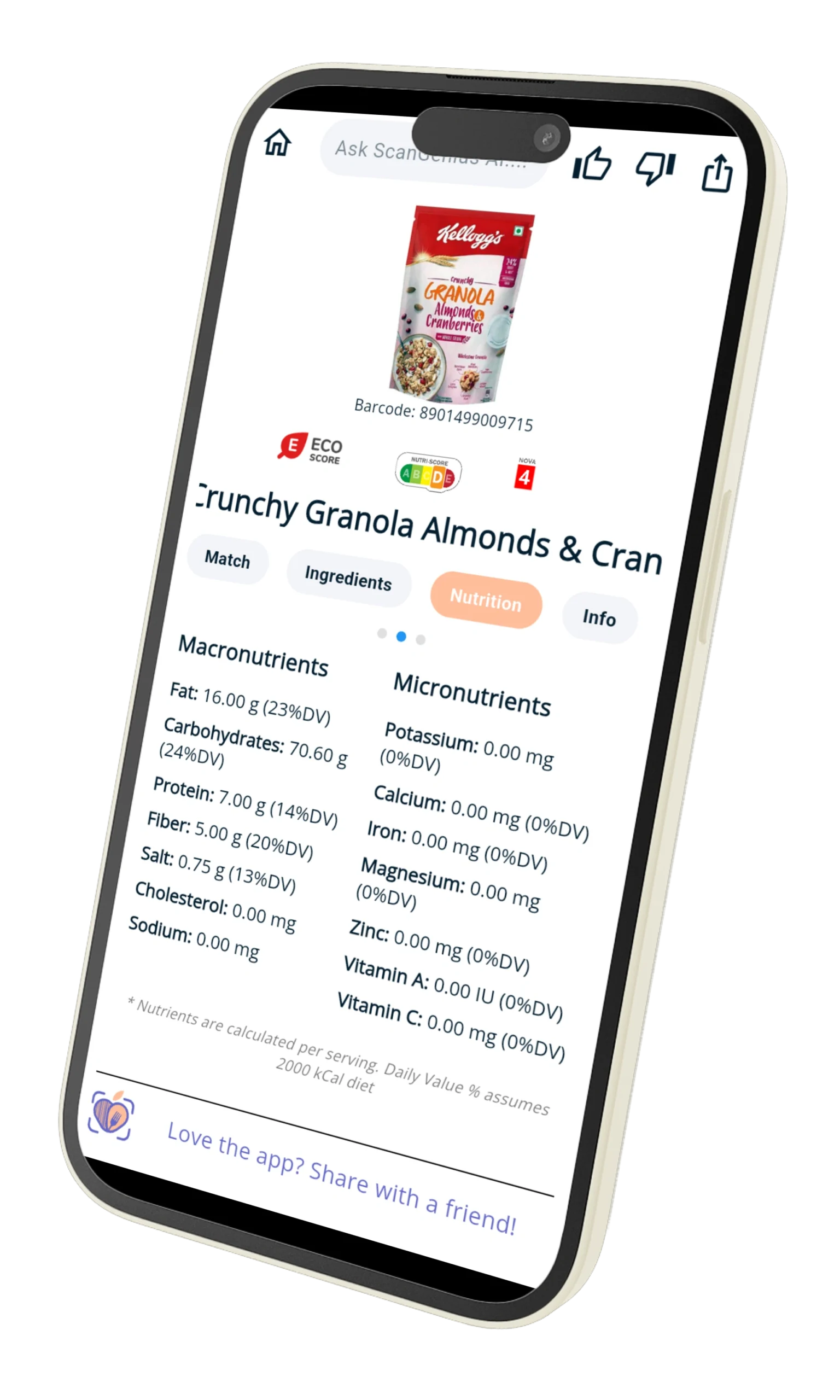
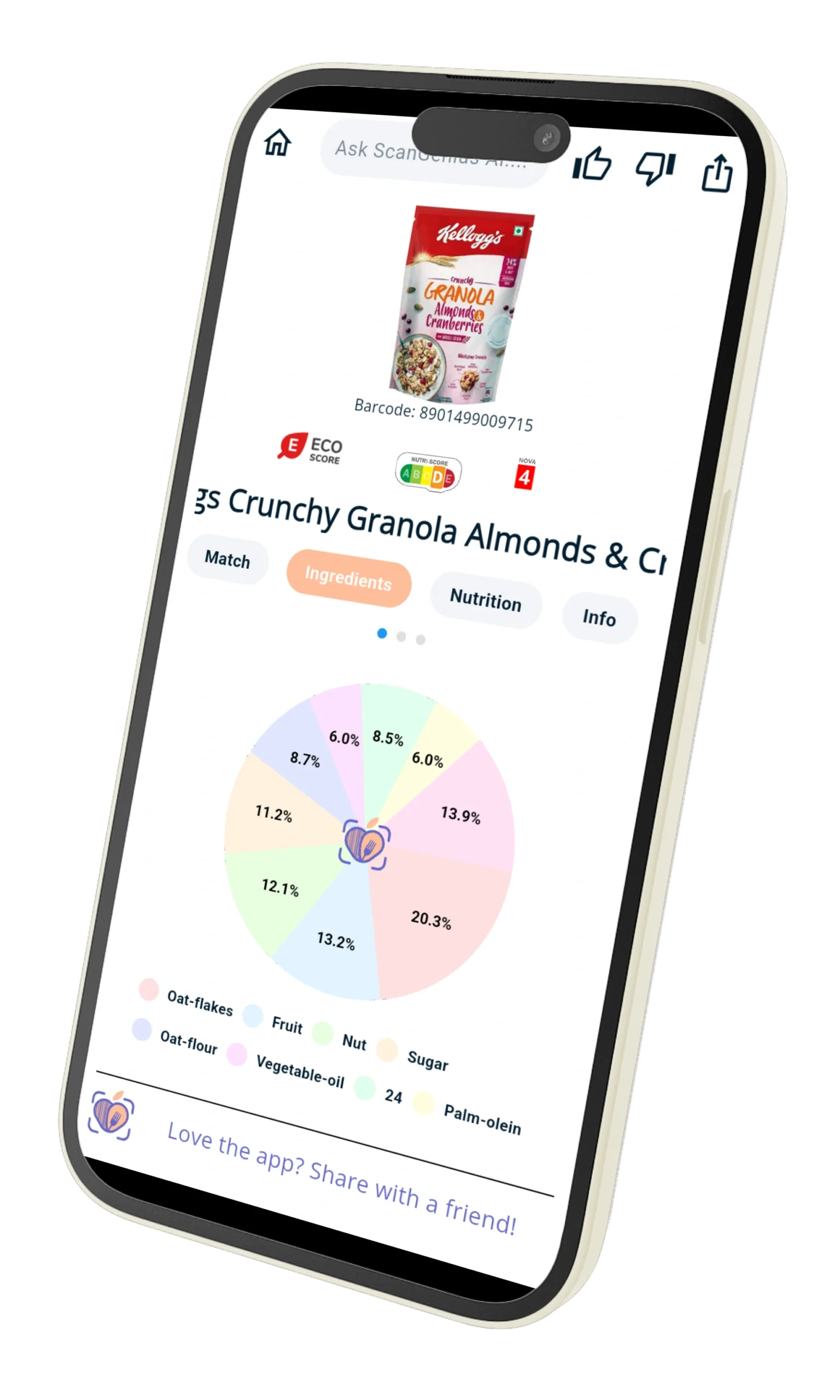





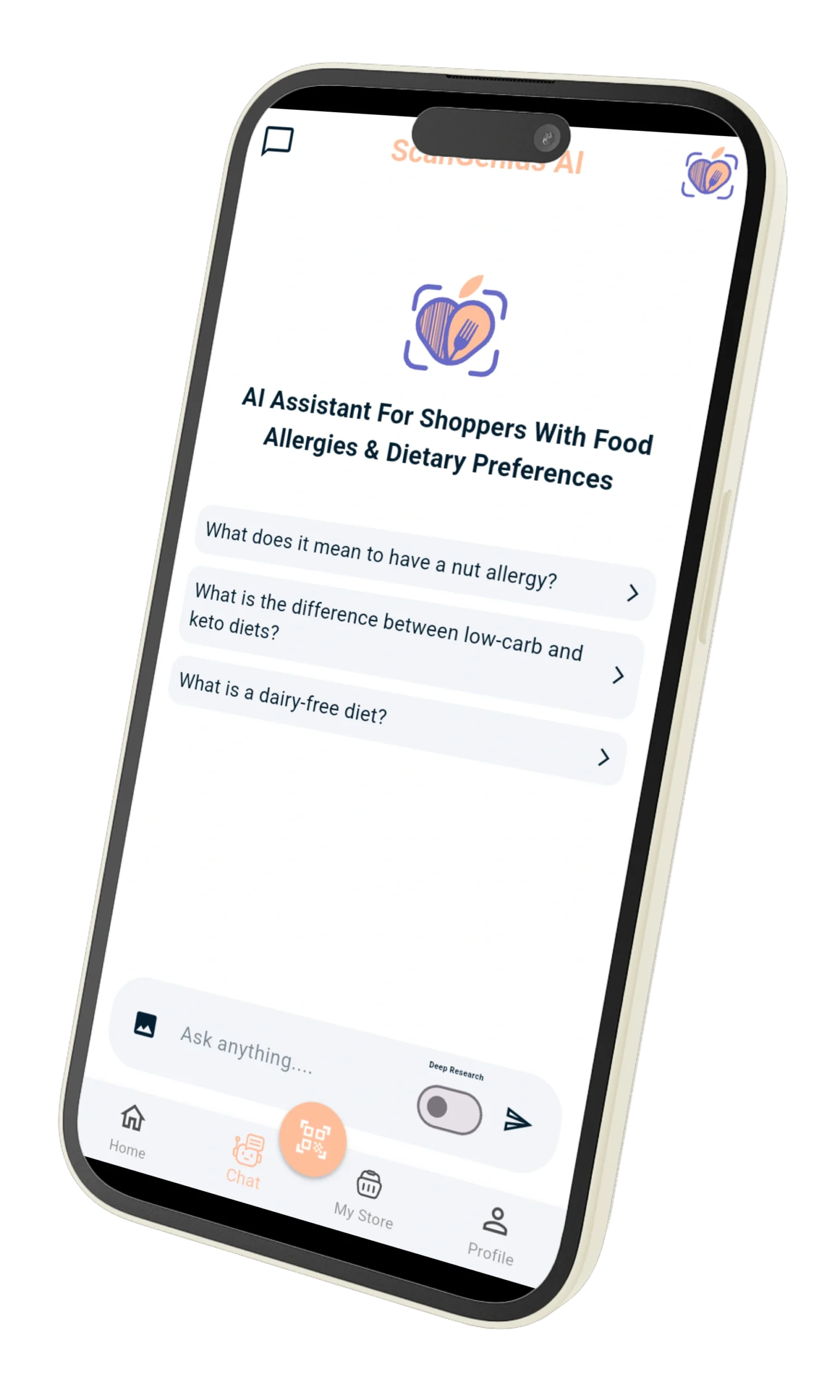
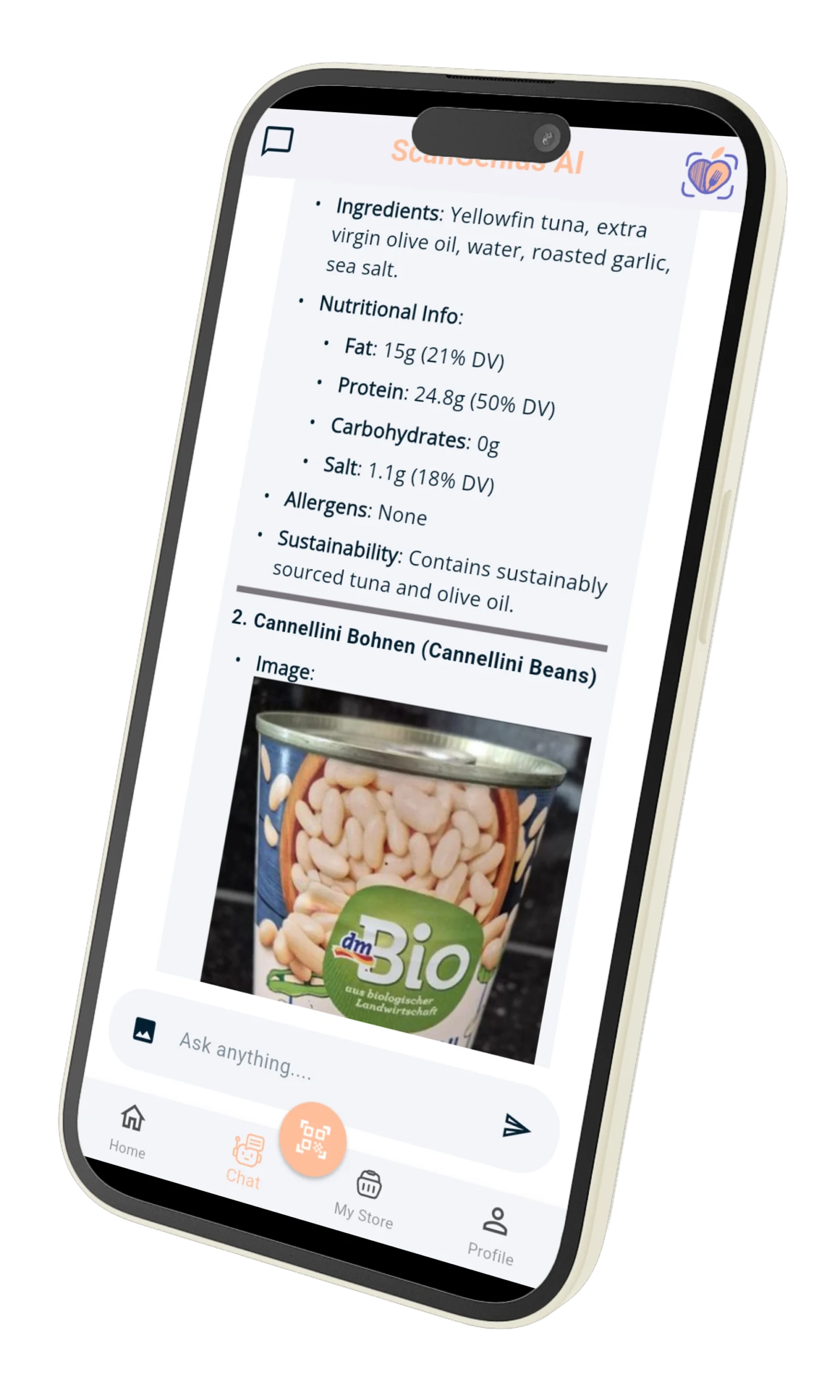

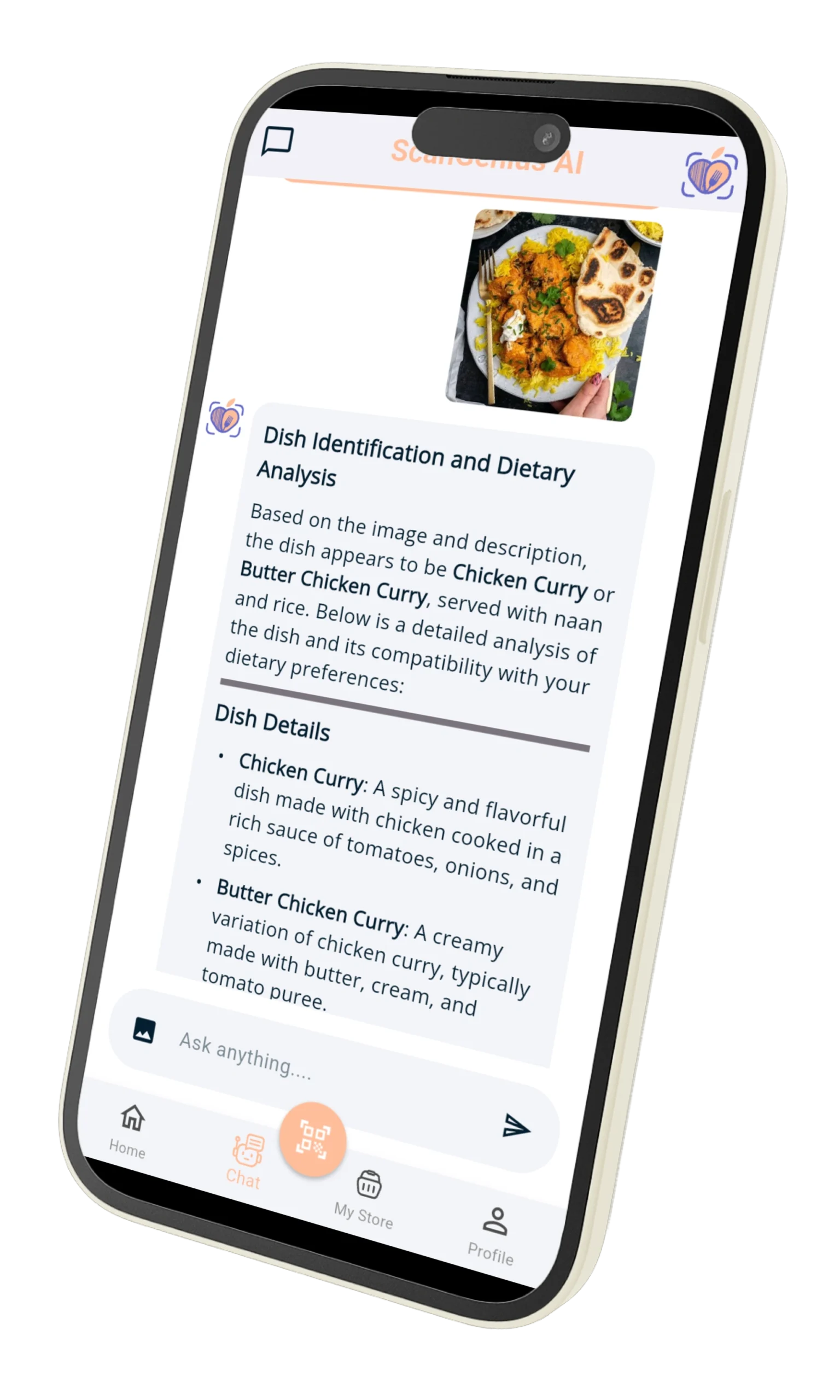


Fish sensitivity is one of the most common food sensitivities worldwide, with reactions ranging from mild intolerance to severe and life-threatening allergies. This guide explores everything you need to know about fish sensitivity, including symptoms, diagnosis, foods to avoid, hidden sources of fish, cross-contamination risks, and safe alternatives. Whether you’re managing a personal condition or supporting a loved one, this page provides comprehensive insights powered by Food Scan Genius AI.
Fish sensitivity refers to an adverse immune or digestive response triggered by proteins found in fish. Unlike shellfish allergies, which are a separate category, fish allergies involve finned fish such as salmon, tuna, cod, haddock, and anchovies. Reactions may appear as mild digestive upset in cases of intolerance or escalate to severe allergic reactions such as anaphylaxis.
Fish sensitivity is particularly important to monitor because fish is a staple protein source in many diets globally, and it is also used in hidden forms within sauces, seasonings, and supplements.
Fish sensitivities are primarily caused by immune responses to proteins such as parvalbumin, which is highly resistant to heat and digestion. Even trace amounts can trigger reactions in sensitive individuals. Other causes include:
If you have fish sensitivity or allergy, strict avoidance is key. Common foods and ingredients that may contain fish include:
Even trace amounts of fish can trigger reactions in highly sensitive individuals. Cross-contamination risks include:
People with fish sensitivity can maintain a balanced diet with alternative protein and nutrient sources:
If you suspect fish sensitivity, consult an allergist or healthcare provider. Diagnosis typically involves:
Effective management strategies include:
Children are more likely to develop fish sensitivity early in life, though some may outgrow mild intolerance. Parents should:
Fish sensitivity can affect social interactions, dining choices, and travel. Helpful lifestyle adjustments include:
Food Scan Genius uses AI-powered food label scanning and ingredient databases to help people avoid fish-based products. With AI, users can:
No. Fish allergy involves finned fish like salmon and tuna, while shellfish allergy involves crustaceans and mollusks like shrimp, crab, or squid.
In some cases, yes, but cross-reactivity exists. Always consult an allergist before consuming shellfish if you have fish sensitivity.
Yes. Severe allergic reactions to fish can be life-threatening and require immediate medical attention.
Fish oil supplements may contain proteins that trigger allergies. Algae-based omega-3 supplements are a safer alternative.
Fish sensitivity requires careful dietary management, label reading, and proactive lifestyle adjustments. By avoiding risky foods, understanding hidden sources of fish, and using tools like Food Scan Genius, individuals can safely manage their condition while enjoying a balanced diet. Always consult a healthcare provider for personalized advice and keep an emergency plan in place if reactions occur.

Discover how to scan your food for hidden animal products using 2025’s top food safety tech. Make confident, allergy-safe choices...

Traveling with life-threatening food allergies? Discover the doctor-approved checklist empowering safe, confident journeys for couples and families in 2025.

Discover how to scan your food for allergens with the latest 2025 food safety tools. Stay safe, empowered, and confident...
Selecting product based on their product labels can be hard. Many foods contain hidden celery sensitivity triggers, and ingredient terms aren’t always obvious. Our AI scans and filters food labels across thousands of products to help you make smarter choices.


"Food Scan Genius has truly transformed my grocery trips. With dietary restrictions, finding suitable foods used to be a hassle, but now I feel confident and informed with each scan. It's such a relief to know exactly what I'm buying. Highly recommend for anyone with food sensitivities!"

"Food Scan Genius has revolutionized the way I navigate the grocery store. With just a simple scan, I can determine if a product fits my dietary needs. The app's personalized profiles have made it easy to manage my family's different dietary restrictions. Thank you, Food Scan Genius!"

"Food Scan Genius has been a game-changer for me. As someone with multiple food allergies, it was always a struggle to find safe options. This app has made grocery shopping and dining out so much easier and stress-free. I can't imagine life without it!"
"You know, dealing with food allergies and dietary restrictions is no walk in the park. Trying to figure out what's safe to eat can be such a hassle, especially when ingredient lists and labels seem like they're written in another language. I just want to make sure I'm not risking my health with every bite. That's why I’m so glad I found Food Scan Genius. It makes everything so much easier by scanning and analyzing labels for me. Now, I can shop with confidence knowing I'm making safe and informed choices."
FoodScanGenius is a powerful and user-friendly app that allows you to scan barcodes and obtain detailed information about food ingredients. It helps you make informed choices by providing comprehensive data about allergens, dietary restrictions, and nutritional content.
Food Scan Genius is available for both iOS and Android devices. You can download the app for free from the App Store or Google Play Store. Download Food Scan Genius today and experience the freedom of effortless and safe food selection. Take control of your diet and embrace a healthier, allergen-conscious lifestyle with Food Scan Genius.
While the app offers a range of free features, including the barcode scanner and allergen database, there is also a premium version available that unlocks additional features, such as unlimited scans, personalized recommendations, and exclusive discounts.
We take data security and privacy seriously. FoodScanGenius follows industry best practices to safeguard your personal information. For more details, please refer to our privacy policy.
If you have any additional questions, feedback, or need assistance, please don't hesitate to reach out to our support team at 'help@scangeni.us'. We're here to help!

This page is part of Food Scan Genius dietary preference directory, helping shoppers with food sensitivities find safe food products. Our AI technology screens ingredient lists for hidden triggers, allergens, and compliance with dietary choices.
Food Scan Genius is an offering from ScanGeni Ventures Pvt Ltd, an ‘AI first’ company driving value for the next generation of consumers. Get in touch with us to learn more:
© 2025 All rights reserved by ScanGeni Ventures Private Limited